
Settler evaluation: Radial flow vs tangential flow
In a study, a radial-flow settler provided approximately twice the TSS removal efficiency of a comparable swirl separator.
A simple evaluation process can characterize commercial biofilter performance as a function of flow rate and ammonia-nitrogen concentration.

In a study, a radial-flow settler provided approximately twice the TSS removal efficiency of a comparable swirl separator.
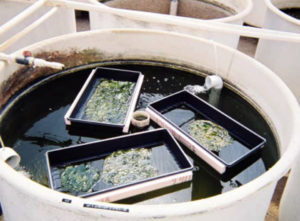
Research has shown that microbial mats are effective at removing nitrogen and phosphorus from aquaculture effluents.

The worldwide adoption of ecologically, socially and economically sound systems based on a series of principles of organic agriculture is exemplary if unrealistic.
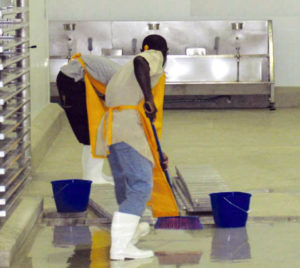
Detailing the HACCP procedures and specifications for every stage of production and processing in a total procedures manual is a hallmark of quality.

Seafood processors must increasingly codify all procedures, not just those related to food safety and hazard analysis critical control point (HACCP).

Processors maintain facility and product security via HACCP procedures and supporting documentation that control physical security, employees and visitors.

Although widely used in aquaculture applications, some synthetic polymer liners can release toxic substances into culture water and affect animal health.

Current work to support culture of giant barnacles illustrates the process of developing production technologies and their transference within Chile.
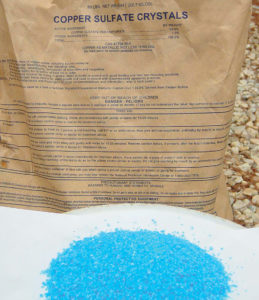
Copper sulfate is widely used as an algicide in ponds and other aquatic systems. Although copper quickly disappears from pond water, cupric ions can be harmful to aquatic animals.
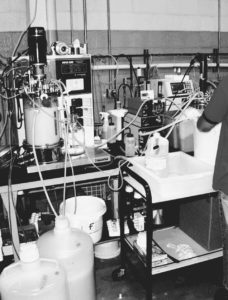
West Virginia University developed a lipid and protein recovery process from byproducts that reduces disposal concerns in the process of fish processing.
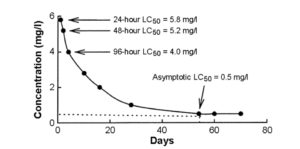
LC50 – the concentration of a substance that is lethal to 50 percent of the organisms exposed to it in a toxicity test – is a useful tool because it can predict the effects of a potential toxin in aquaculture systems.

Microbead filters are an effective filtration solution that can be scaled to large production systems at a lower cost of operation than fluidized-sand bed filters.

Genetic improvement through selective breeding is an important technology for output and for resource efficiency in Indian carp production.

As confirmed in a U.S. study, partial-reuse systems are effective alternatives to traditional, serial-reuse raceway systems for salmonid culture.

Drainage ditches on catfish farms function as settling basins that remove sedimentation and reduce nutrient loads from effluents before they enter receiving waters.